Take a Page from Libraries When Working with Immigrant Groups
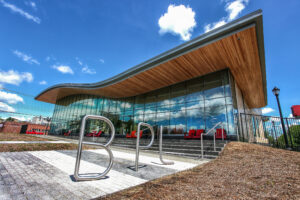
Public libraries offer an important opportunity to immigrants to be meaningful contributors of community life, according to a new Trinity College study.
While much research has investigated how public and private organizations meet the needs of immigrant populations, few studies have demonstrated how immigrants meet the needs of organizations, said author Laura H. Delgado, assistant professor of urban studies.
Published in the Journal of Urban Affairs, Delgado’s study explored the ways the Boston Public Library forged successful collaborations with its diverse constituency to the benefit of both patrons and institution.
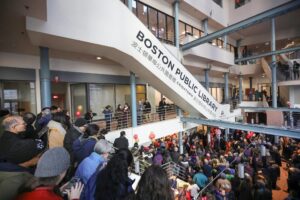
During a two-year period beginning in 2017, Delgado spent time in the main library and each of its 25 neighborhood branches. She participated in programs, attended organizational meetings, observed how patrons used the library, and interviewed more than two dozen librarians, as well other Boston Public Library employees and Friends of the Library volunteers.
Delgado also analyzed a database containing 10 years of events, during which time the Boston Public Library offered more than 8,900 programs clearly identifiable as either targeted to immigrants or focused on culture as it related to race, ethnicity, or nationality.
The programs were often not ones that librarians conceptualized and organized to meet the needs of local immigrants, said Delgado. “Instead, immigrants approached neighborhood branches with unique and novel ideas for celebrations and the means of carrying out these events at the libraries,” she said.
Unlike library-led cultural programs, which tended to focus on more numerically dominant heritages, immigrant-led programs drew on immigrant minorities, Delgado said.
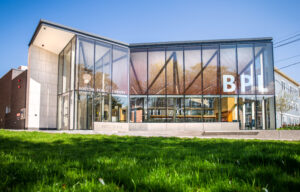
One example was Arabic Day, which took place at a library branch located in a predominantly Latino neighborhood with a small Arabic population. Even if they had developed the idea, accomplishing it would have been impossible because it relied heavily on the knowledge and resources of the local community, said Delgado.
“Accepting programs that come from the community entails that the branches place their trust in outside individuals that they will follow through and provide valuable programs,” said Delgado.
Since their founding in the 1800s, public libraries have made it part of their mission to provide services for immigrants related to literacy, English proficiency, and citizenship. Over their history, the institutions have not fallen into the trap of doing things as they’ve always been done, a fate that befalls some bureaucracies, said Delgado.
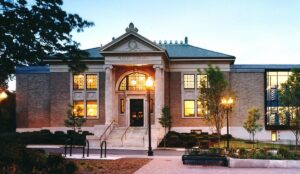
“The Boston Public Library is the oldest large public library in the U.S. and yet its frontline workers are constantly open to trying new programs and doing things differently than they have been done in the past,” said Delgado.
Some of the trust is born of necessity brought about by limited budgets, staff, and space. In 2019, the Boston Public Library provided each neighborhood branch with $2,000 for programs. That budget covered about eight one-time programs, yet the average branch offered more than 375 programs that year.
Libraries are not the only organizations that can benefit from the cultural programming of immigrants, said Delgado. Other organizations, such as community centers, schools, and recreation centers, can adopt the same practices.
The key is providing free spaces that are open to the public and which elicit feelings of trust and safety among immigrants. Libraries have the added benefit of being open across a range of times and days, do not charge fees, and do not require anyone to show proof of citizenship.
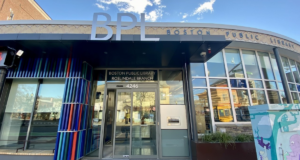
Each year, Delgado noted, about half the U.S. population visits a public library, a percentage that is consistent whether the setting is urban, suburban, or rural. With some 16,500 branches throughout the nation, public libraries have become accessible community assets to both immigrant and native-born populations.
The study was supported by Trinity College, the Boston Area Research Initiative, the Ford Foundation, and the Massachusetts Institute of Technology (MIT).
